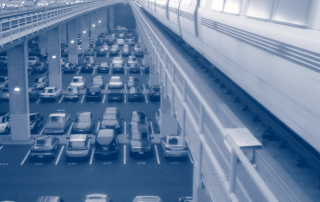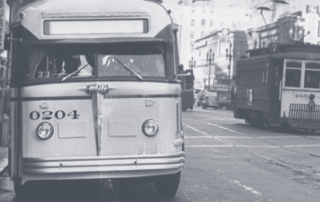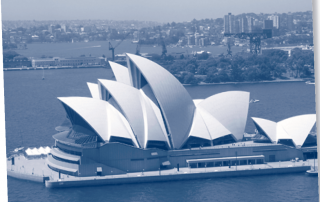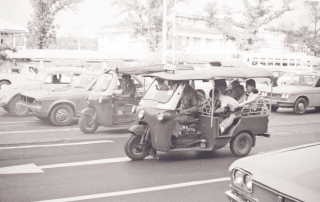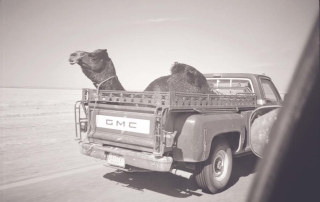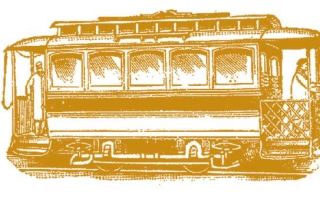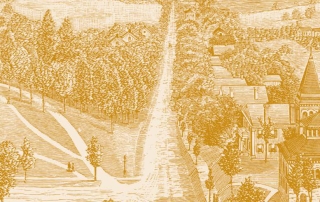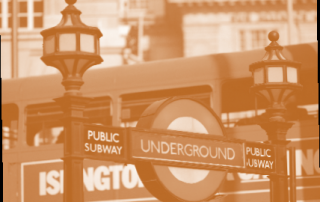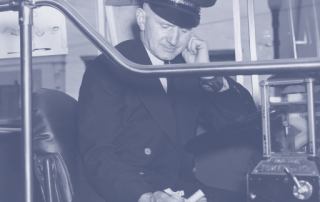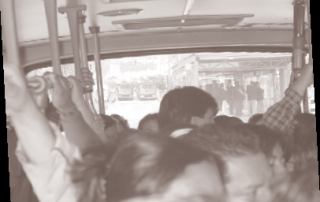Smarter Parking at Transit Stations
Susan Shaheen and
Charlene Kemmerer
Transit stations, such as many of the outlying stations along the BART system in the San Francisco Bay Area, provide parking so riders can easily get to and from the station. At first parking spots at BART stations were free to whoever showed up earliest to park. Then in 2002, BART began offering monthly reservations on some parking spots for a fee, so that riders who couldn’t rush out of the house to arrive at the station before anyone else also had the opportunity to park.
Commuters without the monthly permits are faced with a dilemma if they want to take BART and can’t get to the station early. Do they risk deviating from their driving commute route to try to find a spot at the station? If they don’t find one, they will have wasted time and gas, and they’d then have to find their way back to their driving route, now a bit later, and reinsert themselves into the stream of traffic.

